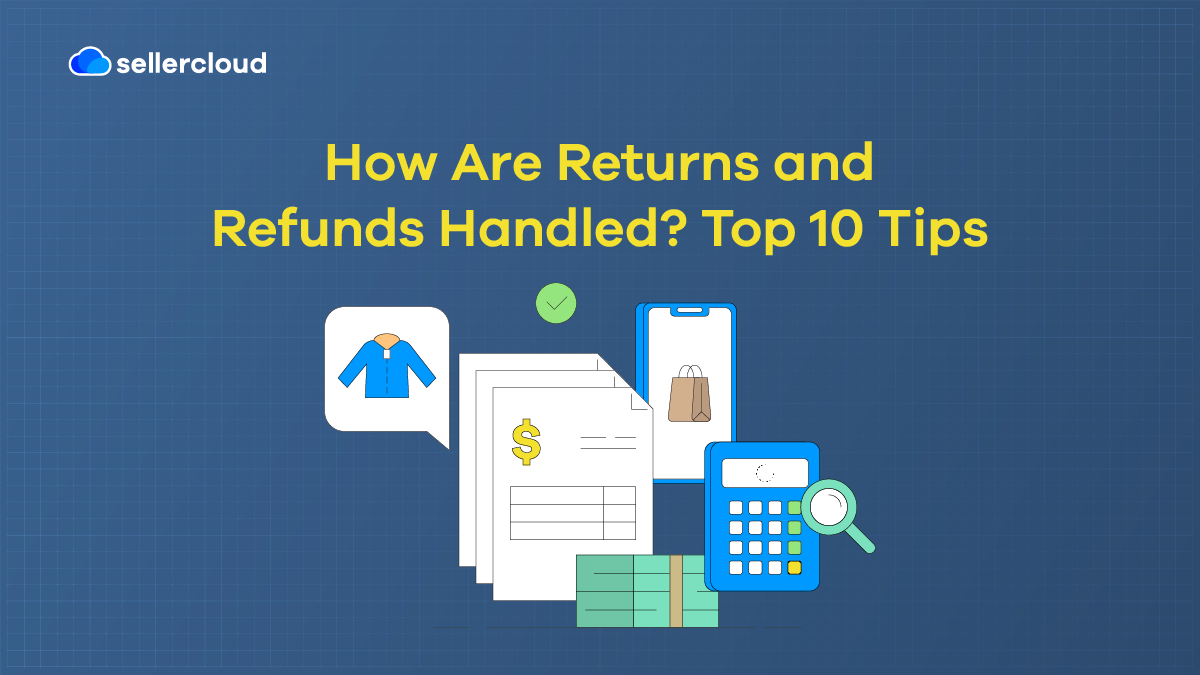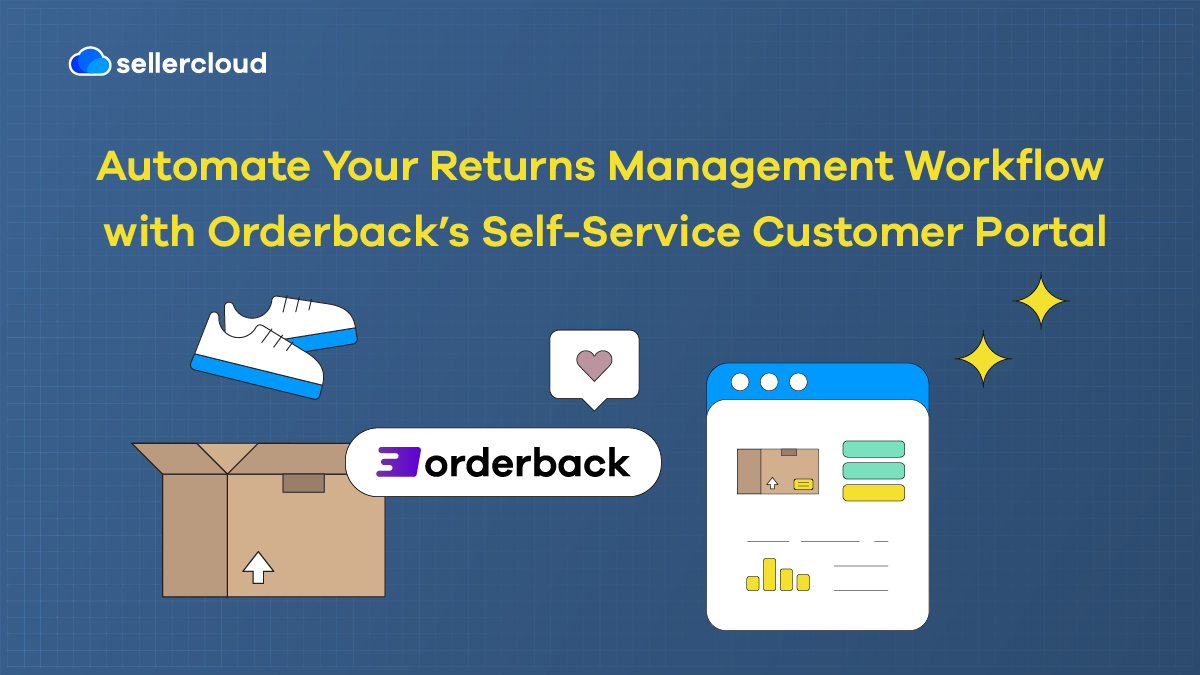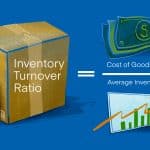
- Ecommerce returns equated to 17.6% in 2023. However, sellers can reduce the number of returns and improve their handling of them in many ways.
- Orderback is a self-service customer portal that enables customers to exchange products easily and automates the returns process, improving customer satisfaction.
If you run an ecommerce business, you must be prepared for returns. Although we can take steps to reduce their occurrence, customers will always return products.
A smart business owner will take the necessary steps to reduce the number of returns and retain revenue. Orderback.io is designed to turn returns into exchanges, automating the entire process in the back-end and making it easier to retain revenue.
Many ways exist to simplify the returns process, increase customer satisfaction, and reduce friction in your returns workflow. In this article, we’ll examine the ecommerce return rate and provide top tips for handling returns, reducing their occurrence, and making them easier to deal with. We’ll also explain what returns management software is.
What Is the Return Rate for Ecommerce?
According to a report by the National Retail Federation, “As a percentage of sales, the total return rate for 2023 was 14.5%.” This means that “for every $1 billion in sales, the average retailer incurs $145 million in merchandise returns.”
However, for ecommerce retailers in particular, the rate is much higher. The report continues: “Online sales do see a higher return rate, with 17.6% or $247 billion of merchandise purchased online returned. That compares to 10.02% for pure brick-and-mortar returns (excluding online orders that are returned in-store), or $371 billion.”
Interestingly, according to a Shopify blog post, the average return rate for ecommerce is between 20% and 30%. While these figures are more significant than the 17.6% reported by the National Retail Federation, this does not diminish their significance. If anything, they highlight how significant returns are for ecommerce sellers.
Having a fifth or a third of the products you sell returned is a major driver of lost revenue, increased operational costs, and decreased profit margins, as returned inventory is often sold at a discount to unopened inventory.
What Is a Good Ecommerce Return Rate?
A good ecommerce returns rate depends on the products you sell. Different ecommerce businesses will experience different return rates. For example, according to Statista data, when asked about their most returned online purchases by category, 24% of US respondents said ‘clothing.’
Next, ‘bags and accessories’ and ‘shoes’ tied at 17%. So, it is safe to say that ecommerce businesses in apparel have the highest rate of return. This is not particularly surprising because customers who purchase apparel online tend to purchase products to try on and return items that they don’t like.
Other significant categories include consumer electronics (11%), furniture and household goods (11%), toys and baby products (11%), and books, movies, music & games (10%). DIY & garden products and stationery & hobby supplies had the lowest response, both at 8%.
How Are Returns and Refunds Handled? Top 10 Tips

There are many ways you can improve returns and refunds for your business. Remember, to benefit your business, returns and refunds must also be convenient for your customers.
1. Start with a Robust Returns Policy
Think of every possible scenario and how it could fit into your policy based on the category of products you sell and what works for your business. Certain returns may also be costing your business too much or taking too much time to manage.
Writing these details is essential so you can refer customers to this information if they want to return something you cannot accept. Some examples of what to consider when formulating a returns policy:
- What is your return window? How far back will you accept returns from customers?
- What condition should the products be in? You may require the customer to return products in their original box.
- Are there certain products that customers cannot return? For example, businesses that sell clothing usually do not accept returned underwear.
- Product cost? There may be products in your catalog that cost less to make than to ship back to your warehouse. Often, it’s worth letting customers keep them so you can save on shipping and turn disappointed customers into repeat customers.
More consumers read your returns policy than you might think—they don’t just skip over it. According to an article by Amit RG of Richpanel, eight out of ten consumers read your returns policy before purchasing.
Looking to learn more about creating a solid returns policy? Then you need this blog post: 12 Considerations When Creating Your Perfect Ecommerce Return Policy.
2. Have a Process for Handling Received Returns
You just received a return; now what? There is a lot to consider. What is your warehouse’s returns process? How do you assess the quality of the returned product? Is there a process to grade returns and easily put them back up for sale? Can you find the issue the customer told you about? Again, you must consider what works best for your business and balance that with consumer satisfaction.
Ask yourself:
- How do you ensure the product is genuine? (More on that in a moment!)
- How do you ensure the product is of good enough quality to resell?
- Can a damaged or defective product be salvaged? (If so, it may have to be sold as a refurbished product.)
- What happens when you cannot salvage the product?
Check out Chapter 10 of our Inventory Management guide for more on handling returned inventory.
3. Speed up Return Handling Times
Returns should be quick, or customers might not shop with you again. No customer wants to wait weeks for a refund, especially when it’s a significant purchase. The longer customers are forced to wait, the more frustrated they will become.
According to a blog post by SimiCart, 30% of online shoppers believe fast refunds lead to a more pleasant return experience. Look for ways to improve the efficiency of your returns process so that you can handle more returns faster.
One way to do this is to have a WMS (Warehouse Management System) that can easily receive RMAs back into your inventory, considering the grade, the serial number, and other relevant information to create revenue from returned inventory.
For example, Skustack is built to reduce the time spent on processing returns by over 56% compared to other warehouse management systems.
4. Offer Exchanges
One of the cleverest ways to reduce refunds is to offer customers exchanges. It could be to exchange a broken item for one that works or to swap a product they dislike for another from your store of similar value. This way, you’ve still sold a product, retained revenue, and kept customers happy.
If you refund the customer, you make a loss on the cost of shipping the product back and forth and on the product itself, which might not be sellable, not to mention the time spent processing that return. Furthermore, customers who exchange their products for desired ones are more likely to buy from you again.
Make it part of your process to offer exchange options to customers who wish to return their products.
Learn how offering exchanges to your customers could be beneficial. Read this blog post next: Transform Ecommerce Returns into Exchanges and Improve Your Bottom Line.
5. Offer Flexible RMAs
While your returns policy should be robust, as mentioned in point 1, it should also be fair. RMA stands for ‘Return Merchandise Authorization.’ To return a product to a merchant, customers must get an RMA, which usually includes an ‘RMA label,’ which has a tracking barcode and must be attached to the return.
Some companies do not restrict RMAs—they allow customers to request them for any reason. Others accept specific scenarios, and even then, they may be strict about what meets their criteria.
The same article by SimiCart also states that as much as 76% of first-time shoppers who enjoyed an easy return experience say they would shop with that seller again. Similarly, Richpanel also states that “72% of consumers say a simple return experience makes them more likely to shop from a merchant again in the future.” This is significant compared to the 30% of surveyed buyers who believe that fast refunds impact the customer experience.
Simplicity is key, and while many sellers try to retain revenue by making it harder to initiate returns, they may be pushing away potential repeat customers who can generate more revenue than one can lose on a given product.
Learn more about flexible RMAs here: Descartes Sellercloud’s RMA Flexibility Makes Your Returns Workflow Manageable.
6. Customer Communication
Customer communication is delicate when handling a return or refund, as the customer may be frustrated. You must have rules on approved communication and utilize templates to make the process easier.
Return requests can explode into a much bigger problem when businesses have poor customer communication, and it can take more time than it should. Always communicate graciously, even if customers don’t. Your wording should be carefully picked, and you should ensure customers will not misinterpret what you have said and take offense. (Remember, the customer may already be frustrated.)
Customer communication should also be prioritized. Always seek a quick resolution, and don’t leave customers waiting. Additionally, it is essential to keep track of the issue. You don’t want details to get lost in the back-and-forth messages between you and the customer.
Memaila is a customer support portal that allows you to do exactly that. Whether the return comes from a sales channel or your website, Memaila brings it into one mailbox so your team can easily support your customers quickly, efficiently, and correctly, with all details and communications linked to the specific RMA.
7. Use Serial Numbers to Check for Fraud
Not all returns are honest. Scammers can send false returns, and you must ensure you have adequate measures to prevent them from taking advantage of your business. RMAs are helpful, but serial numbers can trace a product back to the manufacturer and verify that you sold it to the customer.
This is useful because scammers can send a broken product to a merchant they didn’t buy from to try to get a brand-new one for free. If the serial number doesn’t match the serial number written on the return, you can reject the return.
Read about serial numbers here: How to Prevent Fraudulent Returns and Other Benefits of Serial Number Tracking.
8. Consider Using a Fulfillment Center
Fulfillment centers are locations where ecommerce sellers can outsource their warehousing and shipping tasks. Amazon’s FBA (Fulfilled By Amazon) and Walmart’s WFS (Walmart Fulfillment Services) are two examples of fulfillment centers for sellers who make sales through their marketplaces.
FBA and WFS both provide sellers with customer services, which include handling returns. Using such options will free up a lot of time for your staff or eliminate the need for them. However, outsourcing fulfillment may increase costs, and business operators must be familiar with the various fees associated with using a fulfillment center.
9. Improve Product Descriptions
Detailed product descriptions can play a significant role in reducing the likelihood of customers returning products because they are less likely to purchase the wrong product or variation. What is most important to include depends on the product you are selling, though you should consider sizes, colors, varieties, and special features (or limitations) where possible and relevant.
Focus less on marketing language and more on what the product is and does, and its best features. An adequate number of images, so customers can see the product well, is also essential. Improving product descriptions can also reduce customer inquiries.
10. Periodically Analyze Your Returns Data and Listen to Feedback
You should know how much you spend on returns and, more importantly, which products and categories of your catalog are more prone to returns.
It’s worth studying data related to the reasons behind your RMAs to learn from them and lower your return rate. If so, there may be an issue with your products that you haven’t noticed. By keeping track of your returns data, it should be crystal clear if that is the case.
In addition, you can learn from your returns data how to improve your returns policy. You may encounter new issues you hadn’t noticed and decide they should be covered because they could happen again.
What Is Returns Management Software?
One of the best ways to make dealing with returns easier is to use returns management software (also known as a ‘returns management system,’ sometimes abbreviated to ‘RMS’).
Returns management software is a solution used by ecommerce companies for customers to request shipping labels for their returns through a dedicated, self-service returns portal. These portals allow users to input everything they need for the return and send it to the seller for approval and processing.
This workflow is much easier for customers and saves ecommerce sellers and their customer-facing staff time and resources. Returns management software can also track the returns process from beginning to end and generate reports on your returns.
Automate Your Returns Management Workflow with Orderback’s Self-Service Customer Portal

Orderback is a game-changing customer portal that helps sellers automate every aspect of their returns management workflow. For starters, sellers can see and manage all RMAs created through the system and approve or deny returns before sending shipping labels.
Merchants can also customize the logos, icons, background, and domain name of their Orderback portal to fit their brand. Customers won’t see Orderback branding; they’ll only see your company’s brand.
However, Orderback is not just visually customizable. It’s functionally customizable. Businesses can easily configure Orderback to select the services they want to offer, such as returns, exchanges, and replacements, and define their returns window. Businesses can now turn refunds into exchanges by limiting options and associating extra steps and costs to process a refund.
Sellers can implement fees, such as restocking and return shipping fees, which are displayed on the customer side, so there are no surprise costs for the customer. Furthermore, sellers can provide return instructions and set up return reasons so that they can ensure they only receive appropriate returns.
Customers will be pleased with how easy it will be to request a return using Orderback. They won’t even need to create an account or password—all they need to do is enter the email address they used to create the order and receive a six-digit code to log in.
Customers can then view their order history, see if an order has been shipped, check whether there is a balance on that order, create returns against it, and update and change the order if necessary.
Additionally, customers can also reorder products from their order history page and register warranties for products they purchased through marketplaces. This helps sellers establish relationships with buyers who came across their products on sales channels other than their websites.
It also allows sellers to market directly to consumers and potentially eliminate fees associated with marketplace purchases by driving them to make their next purchase on their website.
Book your Orderback demo today.
Key Points
You are now an expert on improving ecommerce returns. Remember these key points.
- The total return rate was 14.5% of sales in 2023; in ecommerce, it was even higher, at 17.6%.
- Apparel is one of the most returned product categories, with 24% of US consumers saying clothing was one of their most returned products.
- The best ways to handle returns include having a solid returns policy while offering flexible RMAs, offering exchanges when possible, and improving product descriptions.
- Ecommerce companies use returns management software to allow customers to request returns through a self-service returns portal.
- Orderback is Descartes Sellercloud’s fully customizable customer portal. It helps sellers automate their returns management workflow and simplify customers’ return experiences.




